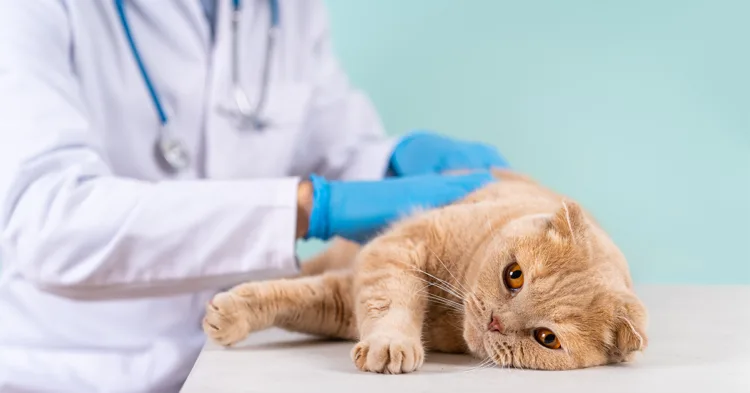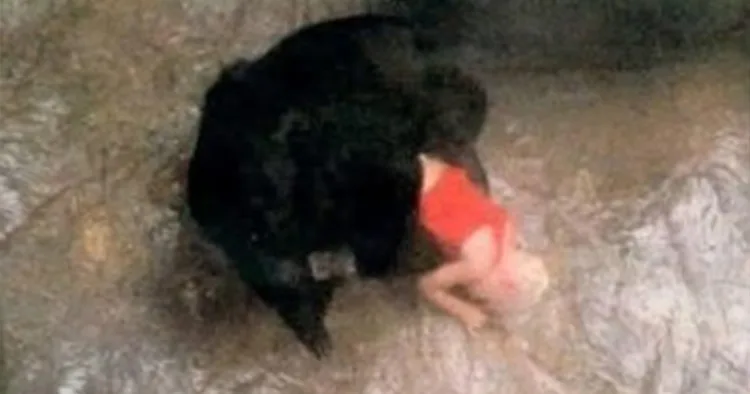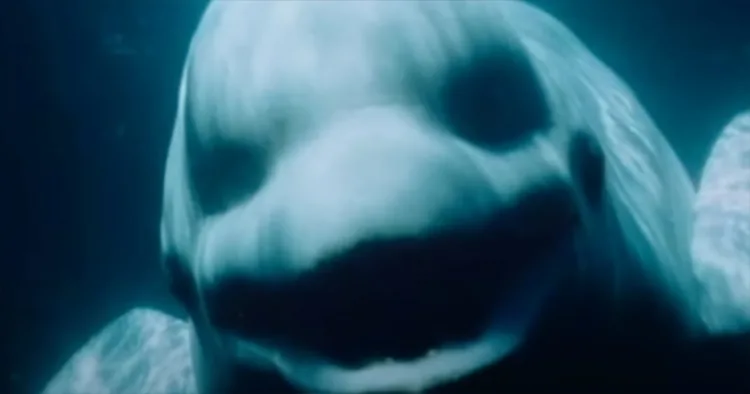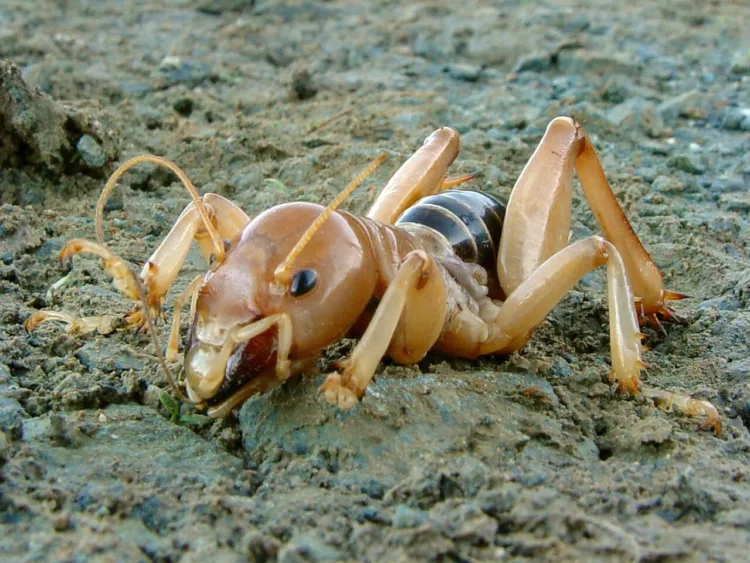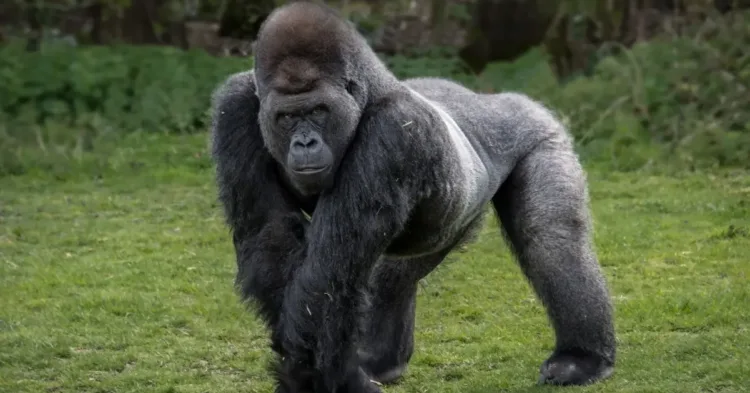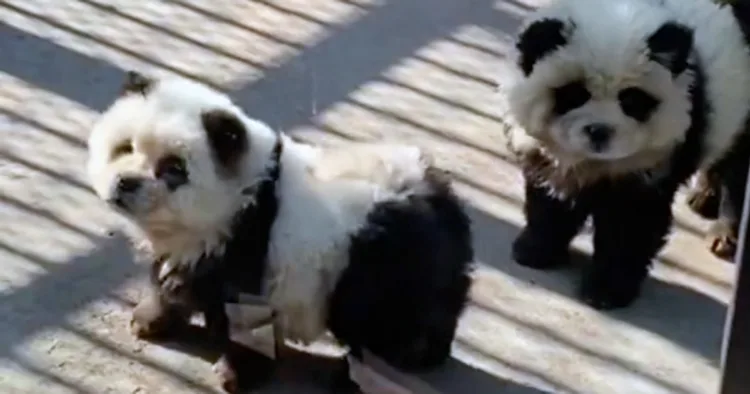Our feline companions serve as more than just pets – they are cherished family members, infusing our homes with affection, attraction, and warmth. Though we long for their longevity, the harsh reality remains that we must anticipate the day we bid them farewell.
Bearing witness to the aging process or the illness besetting a beloved cat stands as one of the most poignant encounters for pet owners. Cats, known for their adroitness in concealing pain, often leave their owners guessing when they inch towards the twilight of their lives.
Recognizing the signs indicative of your cat’s decline ensures they receive the compassionate care and affection they deserve in their final days. Thus, this guide chronicles both conspicuous and subtle signs a cat displays when nearing life’s end and imparting peace-filled closure.
1. The Game of Hide-and-Seek
A testament to their unbroken independence, ill or dying cats often retreat into isolation. Stemming from their primal survival instincts where they are both predators and prey, seclusion presents a defense mechanism to shield from perceived threats and predators.
This instinct transcends captivity; domesticated cats are known to seek refuge under home furniture, cupboards or other hidden spots, particularly when under the weather. Such withdrawal can be innate to flee pain or compromise, but also signal imminent departure.
2. Appetite and Thirst Diminish
Dwindling eating and drinking habits, often culminating in complete abstinence, starkly signal that a cat is nearing its grand exit.
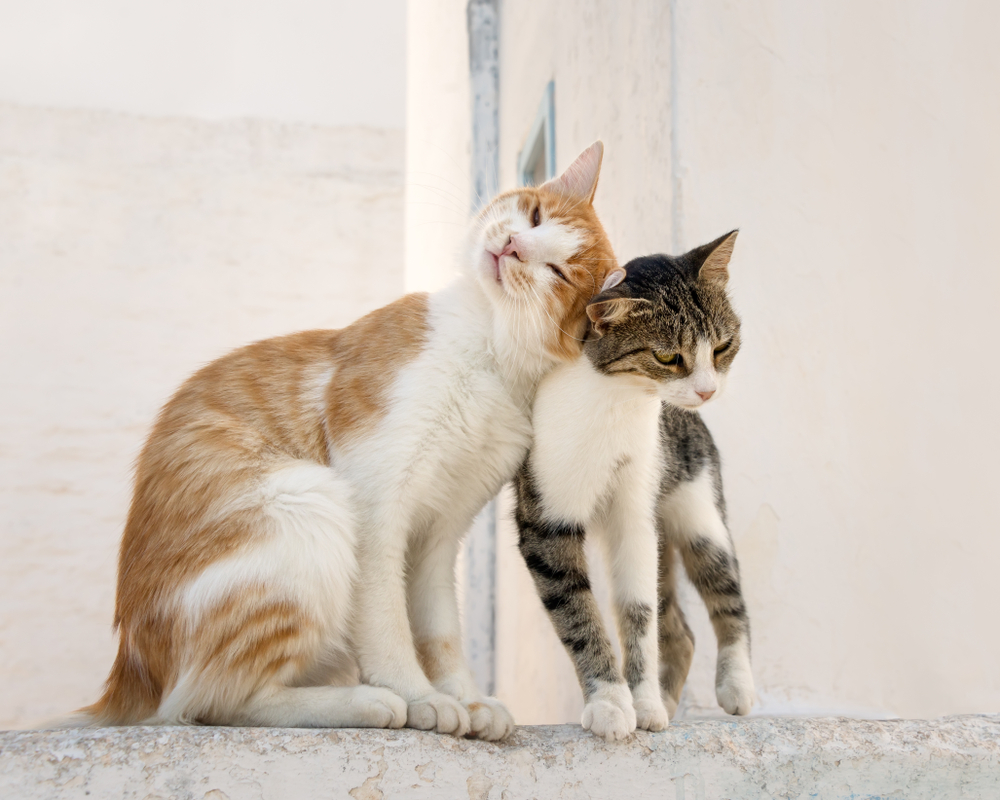
Watching this unfold can stir emotional anguish for pet owners, yet this is the body’s natural course in preparing for its final act.
3. Increased Restfulness and Sleep
Your cat’s disposition may start to display alteration as it becomes more restful, sleeps more frequently, and showcases prolonged periods of inactivity.
4. Altered Breathing Patterns
As cats inch closer to the end of their life, their respiration exhibits noticeable changes. Breathing may become more shallow or irregular due to the body’s weakening and subsequently reduced organ function.
5. Loss of Interest in Surroundings
Your cat might grow indifferent to its surroundings and less engrossed with those within its vicinity. Even previously engaging cats may seem distant, show less responsiveness to familiar touches or voices and begin to recede.
6. Change in Coat Texture
The coat provides a definitive indication of the cat’s health status. Cats nearing life’s end may display a coat that is once glossy but now appears dull, rough, and uneven. This could imply that the cat no longer possesses energy to groom itself as thoroughly as in its prime.
7. Struggles with Mobility and Balance
Age and illness often impede a cat’s mobility and balance, making routine leaps to their favored spots, climbing, or even traversing short distances challenging.
8. Behavioral Shifts
While some cats may withdraw into solitude, others may crave attention and rely on their owner’s presence. They might frequent your lap, follow you around, or seek solace and assurance through your touch and cuddles when feeling frail.
9. Nausea and Vomiting
As cats approach life’s end, digestive issues such as nausea and vomiting ensue. The discomfort might manifest through increased drooling, recurrent swallowing, or avoidance of food and water entirely.
10. Digestive Woes
The digestive system can malfunction leading to either constipation or diarrhea. Regardless of the issue, prioritizing your cat’s comfort remains paramount. Ensure they have continuous access to clean water, quiet surroundings, and a comforting and safe spot.
11. Fluctuations in Body Temperature
Another telling sign is fluctuations in your cat’s body temperature. Dependent on the cat’s health status, they may sport a low temperature or even fever. A healthy cat’s temperature typically ranges between 38 and 39.3 degrees Celsius.
When in Doubt, Consult a Vet
Seeing your cat in this vulnerable state might prove disconcerting but remember, your primary role is to provide them solace and comfort. Ensure that they rest in a tranquil and cozy environment and be present when they need you.
If hovering doubts persist regarding your cat’s pain or ways to grant them relief, consulting a vet will be beneficial. Grasping knowledge about your cat’s terminal phase eases the provision of necessary care and love.
If your cat displays any of these aforementioned signs, consult a vet expediently. Prioritizing your pet’s comfort and well-being is indispensable in this challenging time.
